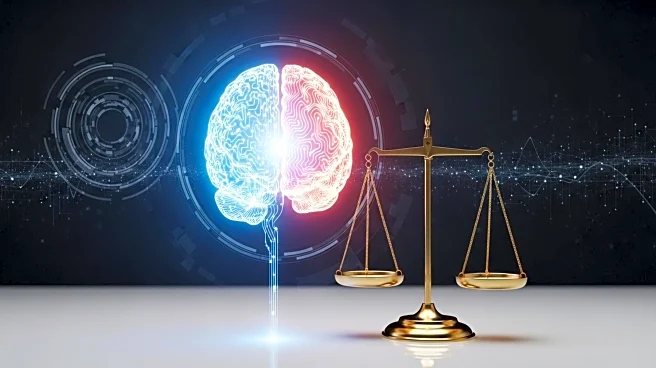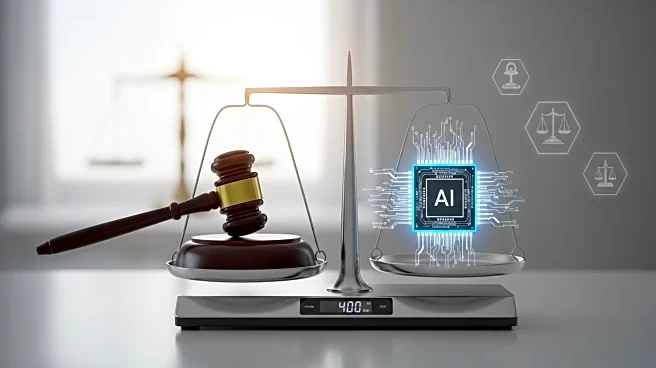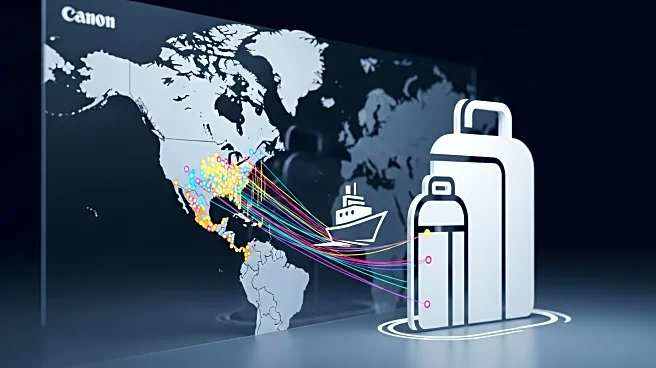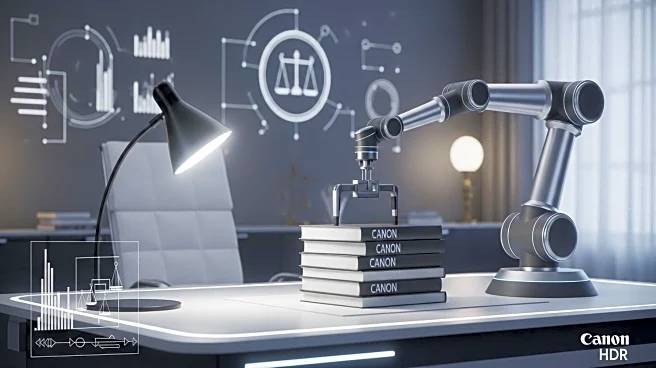What's Happening?
The Crown Prosecution Service (CPS) has introduced a new Correspondence Drafting Tool that utilizes Microsoft OpenAI's GPT4 large language model to generate initial drafts of letters and emails. This tool is currently being used by 30 trained CPS staff members to create first drafts by filling in specified templates with automatically generated summaries and mandatory information. The drafts are then reviewed and edited by staff before being sent out. The CPS emphasizes that this AI tool does not influence legal decision-making processes. The tool was developed in collaboration with NTT Data, which provided expertise in AI model integration and natural language processing. The AI system is designed to simplify legal text into more accessible language and select appropriate templates, with data being stored only until the correspondence is finalized.
Why It's Important?
The implementation of AI in drafting correspondence is significant as it aims to improve the quality of communications and increase staff efficiency within the CPS. By automating the initial drafting process, the CPS can potentially reduce the time and effort required for manual drafting, thereby allowing staff to focus on more critical tasks. This move also highlights the growing trend of integrating AI technologies in public services to streamline operations and enhance productivity. However, the CPS acknowledges the risks associated with AI, such as potential errors or 'hallucinations,' and has put measures in place, including staff checks and regular audits, to mitigate these risks. This development could set a precedent for other public sector organizations considering similar AI integrations.
What's Next?
As the CPS continues to use the Correspondence Drafting Tool, it will likely monitor its effectiveness and make adjustments as needed. The success of this pilot could lead to broader adoption of AI tools within the CPS and potentially inspire other government agencies to explore AI solutions for administrative tasks. Stakeholders, including legal professionals and public service organizations, may closely watch the outcomes of this initiative to assess its impact on efficiency and accuracy in legal communications.











